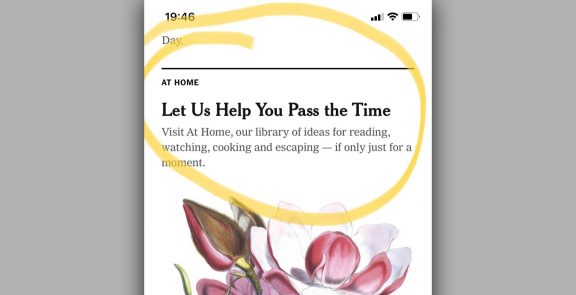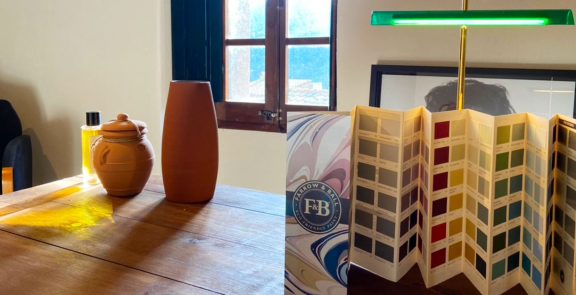

Summer Edition 4/5: Five narrative/conceptual albums
Summer puts the need that we assign to many of our brands to the forefront: unwind. We take a break (do a KitKat) for a few weeks – which is what we all aspire to: to see our product lending its name to a consumption moment, we disconnect from everything and, if you are a member of The Catch, take advantage of it to recharge the inspirational batteries.
Here is The Catch: Summer Edition, a series of five entries in which we will recommend a variety of content to feed your curiosity over the summer.
Rest, enjoy, explore. Happy summer!
Why this playlist?
If for once we pay attention to Spotify, Apple Music and YouTube’s algorithms, these musical recommendations might surprise and inspire us. This week, we are proposing a specific playlist in which you can’t select a song from an album, but you have to listen to the album in its entirety because it has been built to be enjoyed that way.
Concept albums gained strength in the 70s thanks to a good number of artists who were unhappy with the fragmentation of their work and the prioritisation of material to release hits designed to be broadcast on the radio. The answer was to build works whose songs acted as a sort of chapter or episode, in which a story or feeling spread throughout the entire album.
The inspirational component of these pieces is enormous, particularly if we want to highlight the concept of range. Encouraging the exploration of an entire product family by assigning each one a role for itself, as well as in the context of a larger narrative.
How often have we heard that our pipelines are becoming populated with references that lose weight as they expand and that it is difficult to maintain interest as they end up appearing to be meaningless extensions of a single USP.
Let’s think of our portfolios, ranges and pipelines as if they were this kind of album. Brands like Penhaligon’s are already doing this and we can certainly apply it to our reality.
- Histoire de Melodie Nelson (Serge Gainsbourg, 1971)
- The Dark Side of the Moon (Pink Floyd, 1973)
- Berlin (Lou Reed, 1973)
- Vulnicura (Björk, 2015)
- Lemonade (Beyoncé, 2016)
Where can I find out more?
As well as enjoying listening to these albums during the holidays, it is worth focusing on:
- Common elements. Dedicating an entire album to the same theme or to the same type of sound requires the artist to plot a common base that feeds each song. In these cases, the artists have more space and minutes to explore and raise the nuances. It is very interesting to identify the elements that give the work cohesion and see how subtle they appear and disappear with the specifics of each theme.
- Vision and courage. Some of these albums are on the most prestigious rankings in the sector. Their vision is fed with enormous courage, putting all their eggs in one basket. Instead of a more or less cohesive collection of songs, we are committed to a unique vision ambitiously executed.
- Evolution of the format. Beyoncé and Björk’s albums defy their classification and there are even music critics who don’t label them as concept albums. In any case, they are passionate because under the same final structure, sound and narrative consequences and accidents are very likely hidden, which end up combining and making the final result cohesive.

